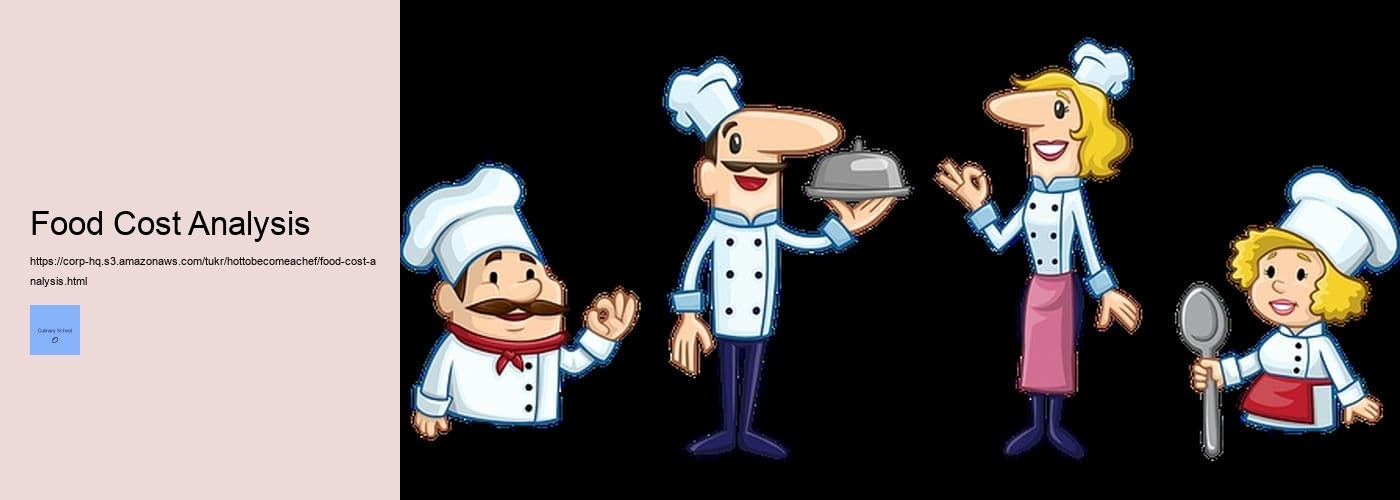

Introduction to Food Cost Analysis is an important topic for any restaurant or food service business. It is the process of calculating and analyzing the cost of ingredients, labor, and overhead expenses associated with preparing a dish. The goal of food cost analysis is to reduce waste, improve efficiency, increase profits and provide diners with quality meals at reasonable prices!
Volunteering to assist with community cooking classes or events enables chefs to give back while networking and marketing their abilities. Nutrition Education Business management. Landing a job as a chef in a top restaurant involves building relationships with food vendors, distributors and fellow industry professionals. How to become a chef Culinary school. The path to becoming an accomplished chef requires continuous learning, unwavering dedication and patience through the challenging yet rewarding process. Nutrition Education Personal chef. Finding employment as a private chef provides the opportunity to craft customized menus and creatively prepare meals for families. How to become a chef Food safety practices. (Arguably,) it's not difficult to understand but requires some planning and organization. Knowing how much each ingredient costs, as well as labor costs (such as wages) can help restaurants determine their menu prices. Additionally, tracking food cost over time can help identify areas where changes are necessary to boost profits!
Moreover, tracking your actual vs theoretical cost can also be helpful in determining exactly what's going on in the kitchen. This includes measuring portions accurately and ensuring that recipes are being followed correctly - which will ultimately lead to better results for the business overall!
Furthermore, one should also consider additional costs such as waste disposal fees or taxes when doing a food cost analysis. These expenses may seem small but when added up they can have a significant impact on profit margins. Furthermore, having accurate records of inventory levels can also be beneficial when comparing actual usage against orders placed!
Overall, understanding food cost analysis is essential for any successful restaurant operation. By taking into account all relevant expenses and factors related to producing dishes, businesses can ensure that their operations remain profitable while still providing customers with quality meals at reasonable prices (and keeping them happy!). So don't forget: measure twice; cut once!
Identifying the components of food costs is an important part of any successful food cost analysis. (When) breaking down a restaurant's menu items into their individual ingredients, you can get a better understanding of where money is being spent and how to cut costs. There're five main components that need to be considered when analyzing food costs: ingredient cost, preparation cost, transport fee, inventory shrinkage, and waste.
Ingredient cost is the most obvious component and the one that takes up the biggest portion of expenses. This refers to purchasing raw material such as produce or proteins for dishes. It's critical that restaurants strike a balance between price and quality when selecting ingredients – too low-priced might lead to low-quality meals while too pricey could cause customers to go elsewhere!
Preparation costs consist of labour fees associated with prepping and cooking each meal. This includes wages for chefs, sous chefs and line cooks in addition to other kitchen staff involved in making a dish from start to finish. These fees are often fixed but can vary depending on location and experience level of employees.
Transport fees cover the cost of receiving goods from vendors after ordering them online or by phone. Delivery charges should also be factored in if they're not included in vendor prices already; this will give an accurate representation of what it actually costs for supplies itself.
Inventory shrinkage covers losses due to spoilage or theft during storage period before use date arrives; this is usually calculated as percentage points based on current stock versus used stock at time of usage or sale. Finally, waste accounts for leftovers thrown away due to cooking mistakes or customer dissatisfaction – thus providing an idea about how much product gets wasted over time which could further help reduce expenses.
By identifying all these components properly, restaurants can have a clearer view on where their money goes every month so they can adjust accordingly whenever necessary!

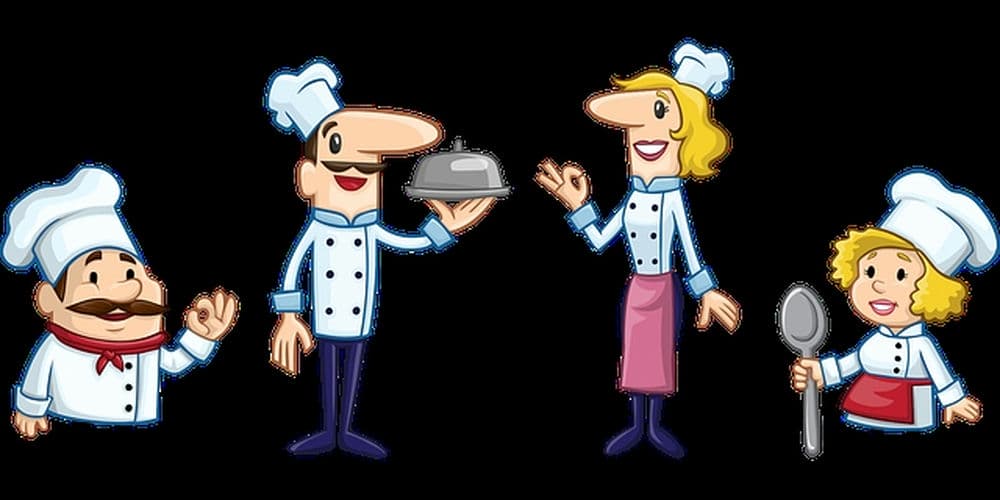
Becoming certified in your area of expertise can be a great way to hone your skills and stand out from the competition.. It's not always easy, however, as certifications often require significant time and effort. (It) Nevertheless, with the right dedication and enthusiasm, becoming certified can open up many new opportunities!
First off, one must identify their particular field of expertise.
Posted by on 2023-09-03

As an executive chef, success depends on charting the right course!. From menu creation to cooking techniques, there are many important decisions that must be made. (First and foremost,) it is essential to create new menus that reflect seasonal ingredients.
Posted by on 2023-09-03
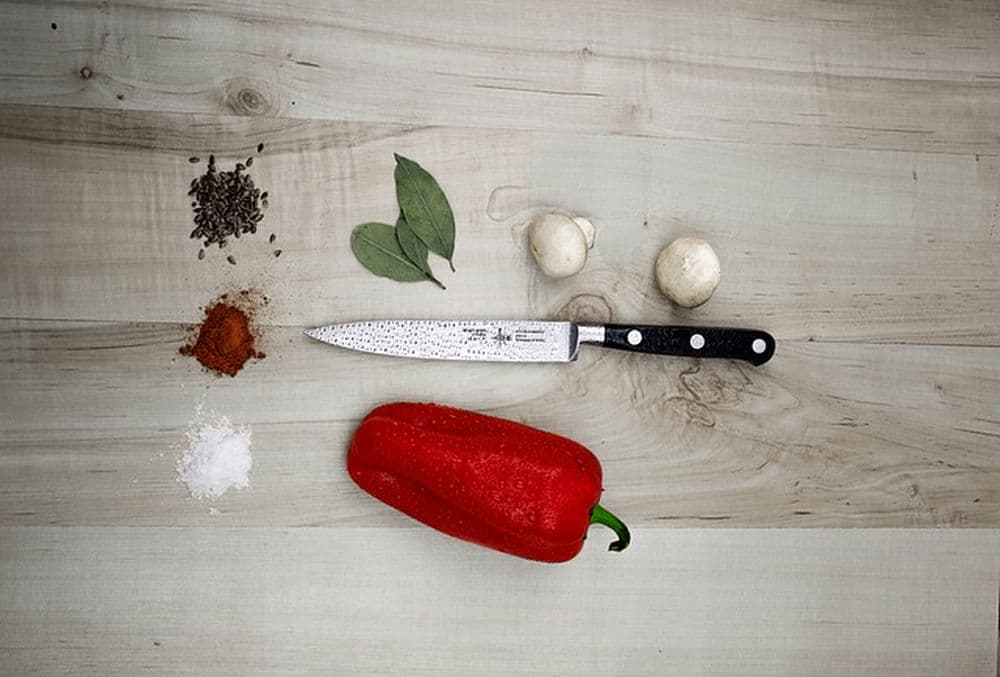
Cooking is an art that requires practice and patience to master. (No matter your skill level) It is never too late to get hands-on experience in the kitchen, and with a little bit of effort, you can become quite adept at it!. Learning through trial and error can be very beneficial; however, it takes time to perfect your technique.
Despite the challenges of learning how cook by oneself, there are many advantages!
Posted by on 2023-09-03
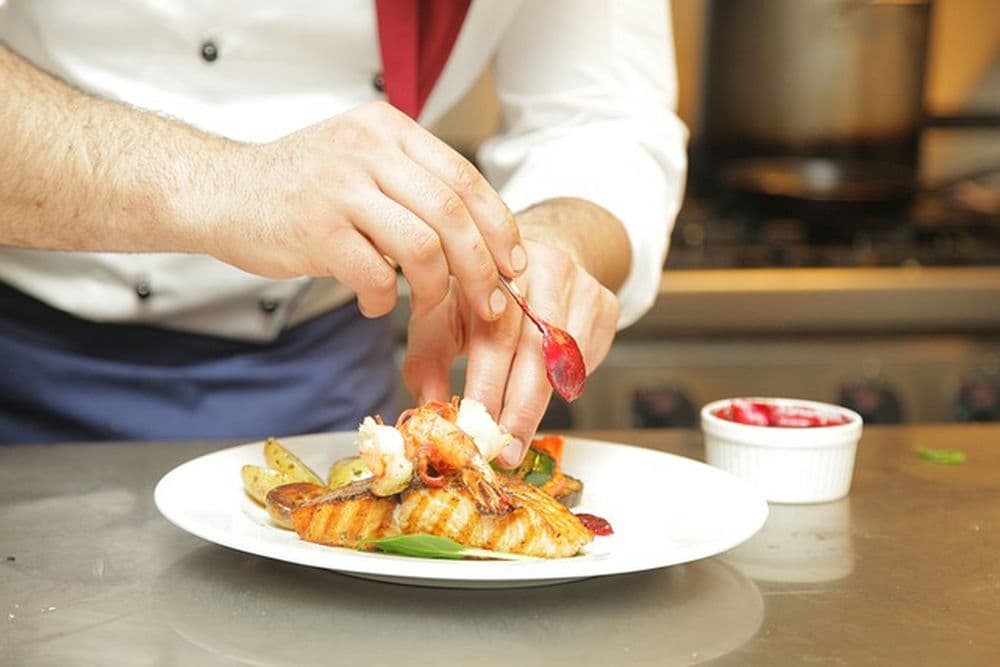
Cooking like a pro isn't easy; it requires dedication and resilience.. But don't give up on mistakes – learning from them is a key part of unlocking your inner chef!
Posted by on 2023-09-03

Being a great chef is more than just cooking delicious meals.. It means having an understanding of food safety regulations, strong organizational skills, and the ability to create unique dishes.
First, it's critical for a chef to understand all the rules and regualtions regulating food preperations.
Posted by on 2023-09-03
Determining cost per serving for food cost analysis can be a tricky process. But, with the right tools and knowledge, it (can) be done quite easily! First off, you'll need to calculate your total ingredient cost. This includes the price of all ingredients used in the dish as well as any labor or delivery costs associated with them. Then, divide this number by the total number of servings that will be served to calculate the cost per serving. (Now,) don't forget to factor in other costs that may arise from preparation and service, such as employee wages or rental fees for equipment.
Moreover, if you're making an item that needs portion control (e.g., desserts), then make sure to account for these extra costs in order to accurately determine your cost per serving! Furthermore, come up with a reasonable markup percentage based on local market prices and industry standards so that you don't overcharge customers or undercut competitors — both scenarios could lead to serious financial losses! Finally, double check your calculations before finalizing them and always keep detailed records of all transactions related to food costing. All-in-all, determining cost per serving is essential for successful food cost analysis and must not be taken lightly!
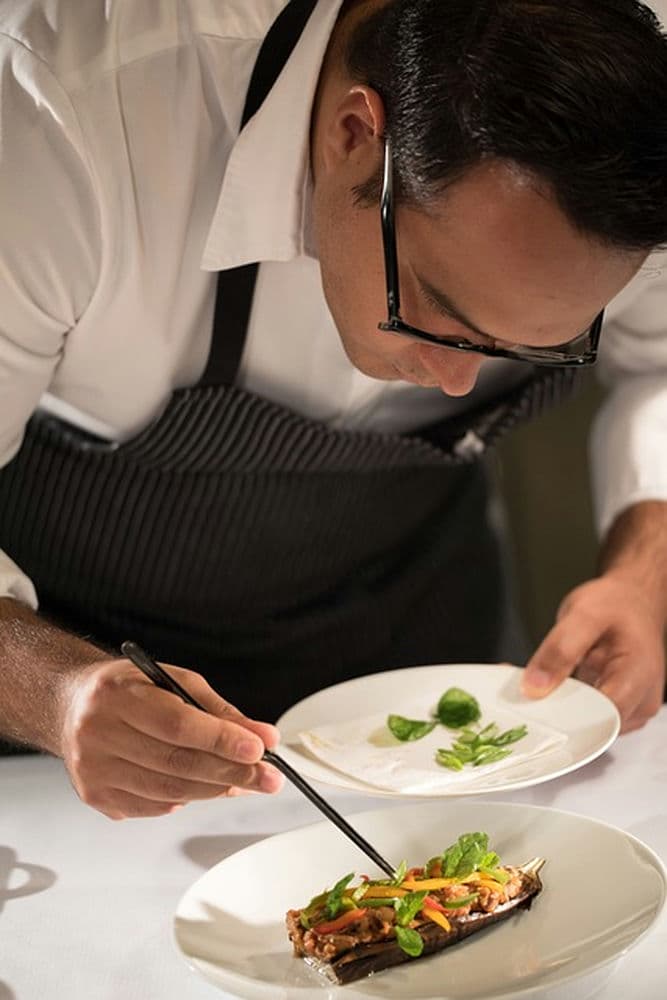

Calculating food cost percentage is an important part of food cost analysis. It (allows) restaurants to determine the exact amount spent on ingredients and other food items in relation to menu prices. This information is essential for managing costs, ensuring profitability and providing great quality dishes! By calculating this percentage correctly, businesses can remain competitive and profitable.
Transition phrase: Furthermore,
The formula for calculating food cost percentage is relatively simple; divide the total cost of all ingredients used to make a dish by the selling price of that dish. Multiply this number by 100 to get your final result which will be expressed as a percent (%). For example, if it costs $8 dollars to make a dish that you sell for $20 then your food cost percentage would be 40%. It's also important to note that these calculations should be done on a daily basis in order to monitor fluctuating costs due to changing market prices or seasonal availability.
In conclusion, understanding how to calculate food cost percentages is key for controlling business expenses and maintaining a healthy profit margin. Restaurants must stay informed about their spending habits and their competitors' offerings in order ensure their longevity in an ever-changing industry!
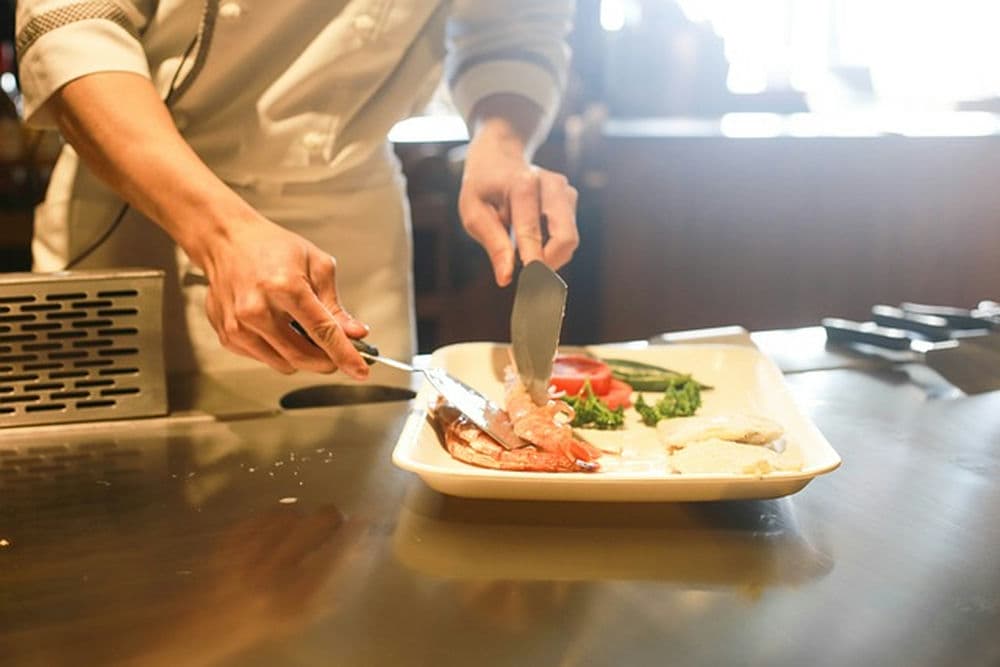
Analyzing breakeven points and price points for food cost analysis can be a tricky business. It requires knowledge of costs, pricing strategies and (the) ability to identify the point when profits start being made. To accurately calculate these figures, one must first determine the fixed costs associated with running a restaurant. This includes rent, taxes, payroll etc.(,) which remain constant regardless of how much is sold.
Next, variable costs must be considered; this includes food supplies, ingredients and labor needed to prepare each dish (.) These costs depend on how many items are sold so it's important to keep track of them in order to adjust prices accordingly! Additionally, one must take into account other expenses that may affect the profitability of their business such as utilities or safety regulations that could influence the cost of goods sold.
Finally, having identified all relevant costs and expenses it's time to examine the price points that will bring in enough revenue to cover those fixed and variable costs - plus generate a profit! This involves doing some research into what customers are willing to pay for certain dishes; offering discounts or promotional deals at certain times can also help boost sales numbers which helps ensure breakeven points are reached quickly. Moreover, analyzing competitor pricing can provide valuable insights into where your own prices should lie in order to remain competitive yet still make a profit.
In conclusion, calculating breakeven points and price points for food cost analysis can be complex but is essential for any successful restaurant business. By taking the time to properly analyze all relevant factors from both a supply-side and demand-side perspective you'll be able put your best foot forward when setting your menu's pricing strategy!
Food cost analysis is a vital part of running any business. Finding ways to reduce costs can help to increase profits significantly (!) and make the business more sustainable and successful. Surprisingly, there are many simple strategies that can be implemented which can drastically cut down on food costs.
Firstly, it is important to have an accurate method for tracking food inventory and usage. This will allow you to know exactly how much food you have in stock at all times, so that you don't order too much or over-serve dishes containing expensive ingredients. Additionally, when ordering new supplies it is wise to purchase in bulk whenever possible as this can greatly decrease overall prices.
Moreover, another way to save money is by utilizing leftovers from previous meals and transforming them into creative dishes that customers will enjoy! This helps to save on ingredient costs as well as time spent cooking. Furthermore, finding economical substitutions for expensive items like meats or cheeses may also help reduce expenses while still serving quality meals that customers love.
To sum up, reducing costs through food cost analysis does not have to be difficult (!). With some careful planning and creative solutions, your business could be flourishing in no time!
Food cost analysis is an important part of any food business. Implementing strategies for lowering food costs can be the difference between success and failure. There's no one-size-fits-all solution to reducing food costs; different approaches work better in different contexts. But there are some key steps that can help to reduce your food expenses (and) make a significant impact on your bottom line!
First, it's essential to track and monitor spending habits closely so you can identify areas where costs are too high or unnecessary expenses are being made. Thoroughly analyze all invoice and inventory records, as well as labor costs, to spot discrepancies quickyly and take corrective action if needed. Furthermore, consider automating certain processes like ordering supplies - this will save time and money by ensuring optimal stock levels without excessive overstocking.
Moreover, strive for good supplier relationshps that offer competitive pricing while still providing quality goods. This might include negotiating with vendors for lower prices or exploring alternative sources of supply in order to get the best deal possble. Additionally, look into bulk purchases (as they) often provide substantial savings - just make sure you have enough storage space! Additionally, evaluating portion sizes is also important - customers should receive enough food but not too much per meal.
Finally, implementing a waste management system is crucial for optimizing every dollar spent on ingredients and supplies. Routinely check expiration dates so nothing goes to waste due to spoilage or expiry and ensure staff follow proper handling procedures when storing/preparing items. To sum up, running an effective cost control strategy requires careful planning, commitment from everyone involved and ongoing review of data in order to achieve long-term success!
Food cost analysis is an important measure of a restaurant's success. (It) can help identify where costs may be too high and provide insight into how to reduce them. After analyzing the data, it's time for the conclusion!
First off, (there's) no denying that food prices have been on the rise over the past few years, and this trend is expected to continue in the future. This means that restaurants must take steps to ensure they remain profitable while still providing quality fare. One way they can do this is by finding ways to streamline their processes and reduce waste. Additionally, restaurants should look for opportunities to purchase ingredients in bulk or from local suppliers whenever possible as these can often yield significant savings.
Furthermore, another key factor in achieving cost-efficiency is proper menu planning. Restaurants should focus on serving items that are not only popular but also cost-effective to prepare. Lastly, training staff members on efficient kitchen practices can help maximize profits by minimizing food waste and maximizing efficiency levels.
In summary, managing food costs requires diligence and careful planning if a restaurant wants to stay afloat financially. With rising prices, restaurants must find ways to become more cost-efficient without sacrificing quality of service or taste of cuisine! By implementing some of these strategies outlined above, owners will be able to keep their expenses low while ensuring customers are satisfied with their experience at the same time. In short: staying competitive doesn't have to break the bank!
The average cost of ingredients used in a commercial kitchen varies significantly depending on the type and quality of ingredients being purchased. Generally, more expensive ingredients will cost more to purchase but may result in higher-quality dishes and better overall customer satisfaction.
To reduce food costs while still maintaining quality, consider purchasing bulk or wholesale items, making use of seasonal produce, using recipes that make use of cheaper cuts of meat, and utilizing leftovers from previous meals. Additionally, reducing portion sizes and minimizing waste can help save money on food costs.
To ensure your menu prices are competitive with other restaurants, research similar menus in the area to get an idea of what the going rate is for various foods and dishes. Additionally, it’s important to factor in labor costs when setting menu prices so you don’t end up undercharging for your dishes.